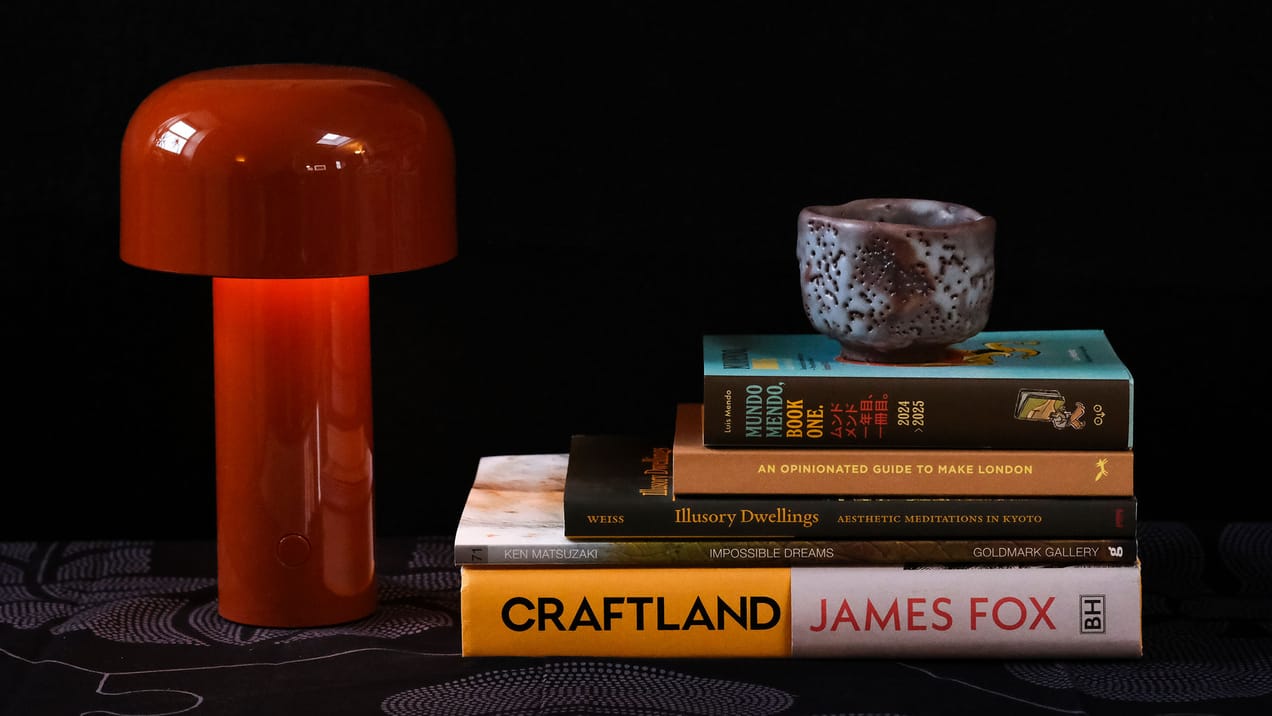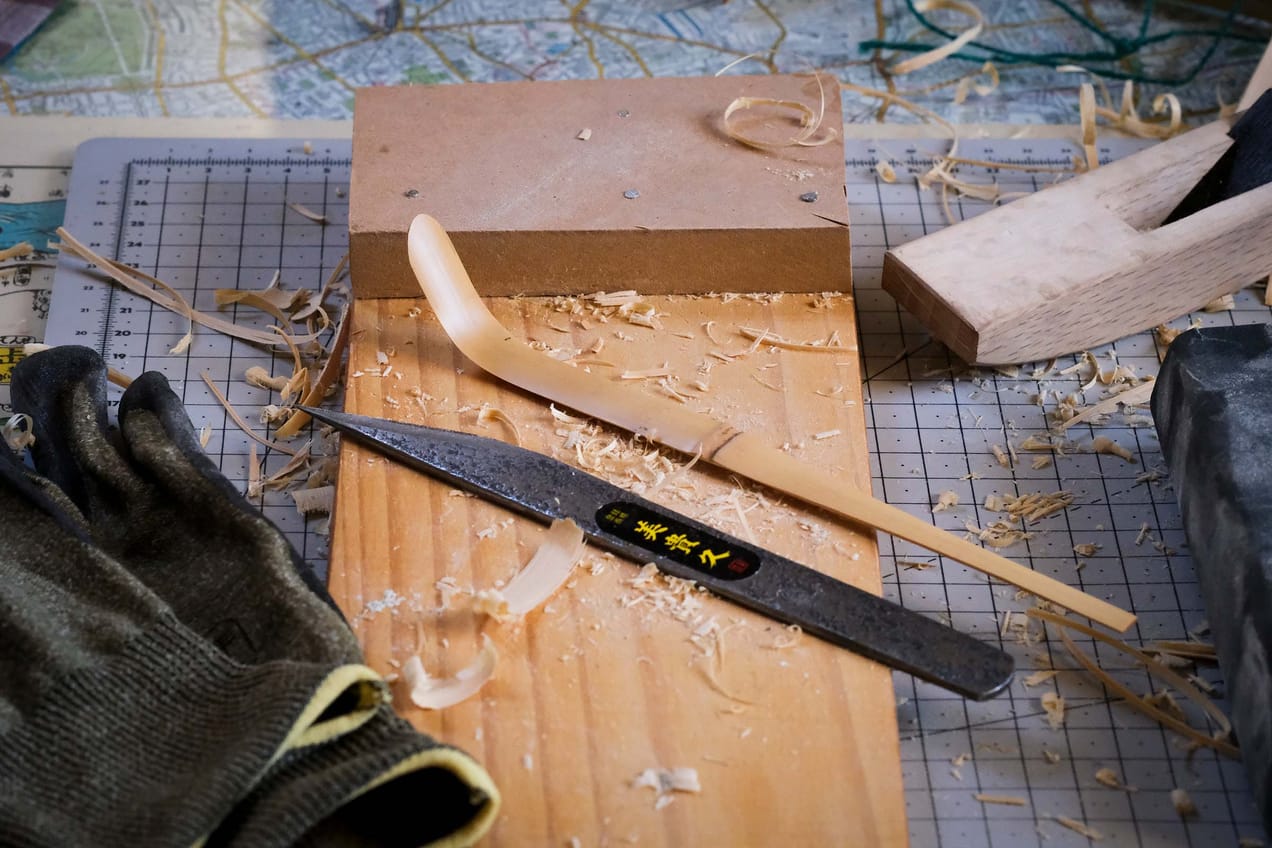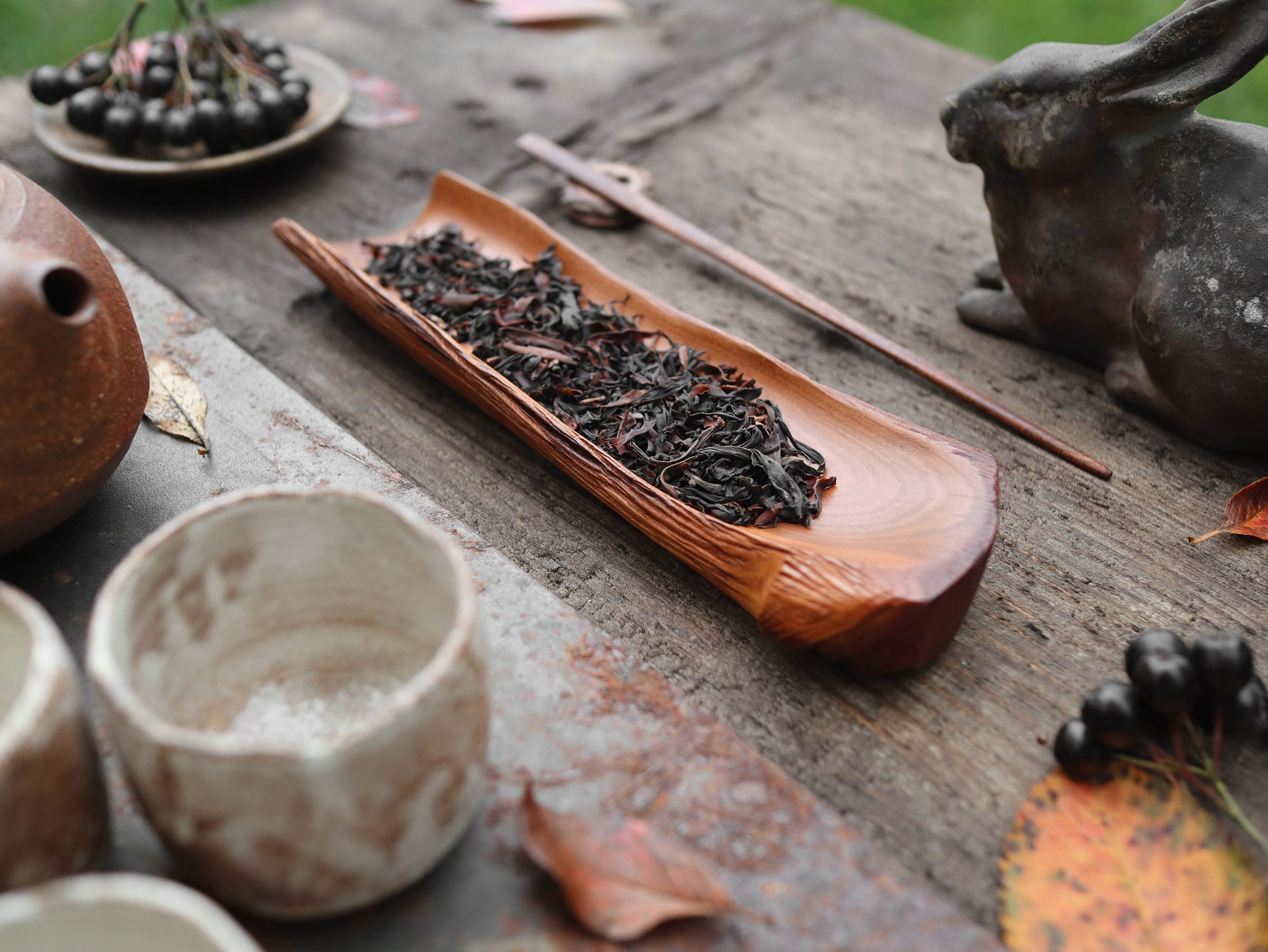
The Influence Of The Wood Is Everything
Sven Mihai lives somewhere in the mountains of Central Europe (he asked me to keep the location vague), where he goes on long hikes to collect wood to create unique teawares that have a cult-like following.
Getting hold of one of his products is not as easy as your average online shopping. He does occasional product drops in small batches, 10 or so pieces, that are announced on Instagram (@mihai.teascoops) and sell out in a matter of minutes. What’s interesting is that he doesn’t have a big number of followers, he’s at about 5,000 at the time of this interview in late 2021, but those who do follow him are eager to own a Mihai tea scoop. The relationship that Sven has with these people is akin to Kevin Kelly’s “1,000 true fans” theory.
He uses a mix of found and donated wood and East Asian cutting, carving and shaping techniques. I consider myself among the lucky ones as I’ve recently managed to buy a gorgeous scoop made out of storm torn beech wood treated with yakisugi (a Japanese technique where you protect the wood by charring it).
What’s your craft and how did you get started?
My craft is focused on handmade wooden teaware. Be it utensils for loose leaf tea like tea scoops and picks, or bamboo chashaku that are used in traditional matcha ceremony.
Woodworking is just one part of my life and work. The other most significant ones being contemporary ink art based on bokushо̄ tradition as well as traditional Japanese tо̄ji bookbinding, in both of which I have been trained for the last two decades.
This all started in the early 2000‘s when there was an unprecedented rise of interest in tea culture and my skills were naturally useful to supply my friends with different tea-related items. My full time job was graphic design for years. However, being fed up with computer work, I quit completely, returned to my abandoned birthplace mountain cottage to pursue traditional arts & crafts fully.
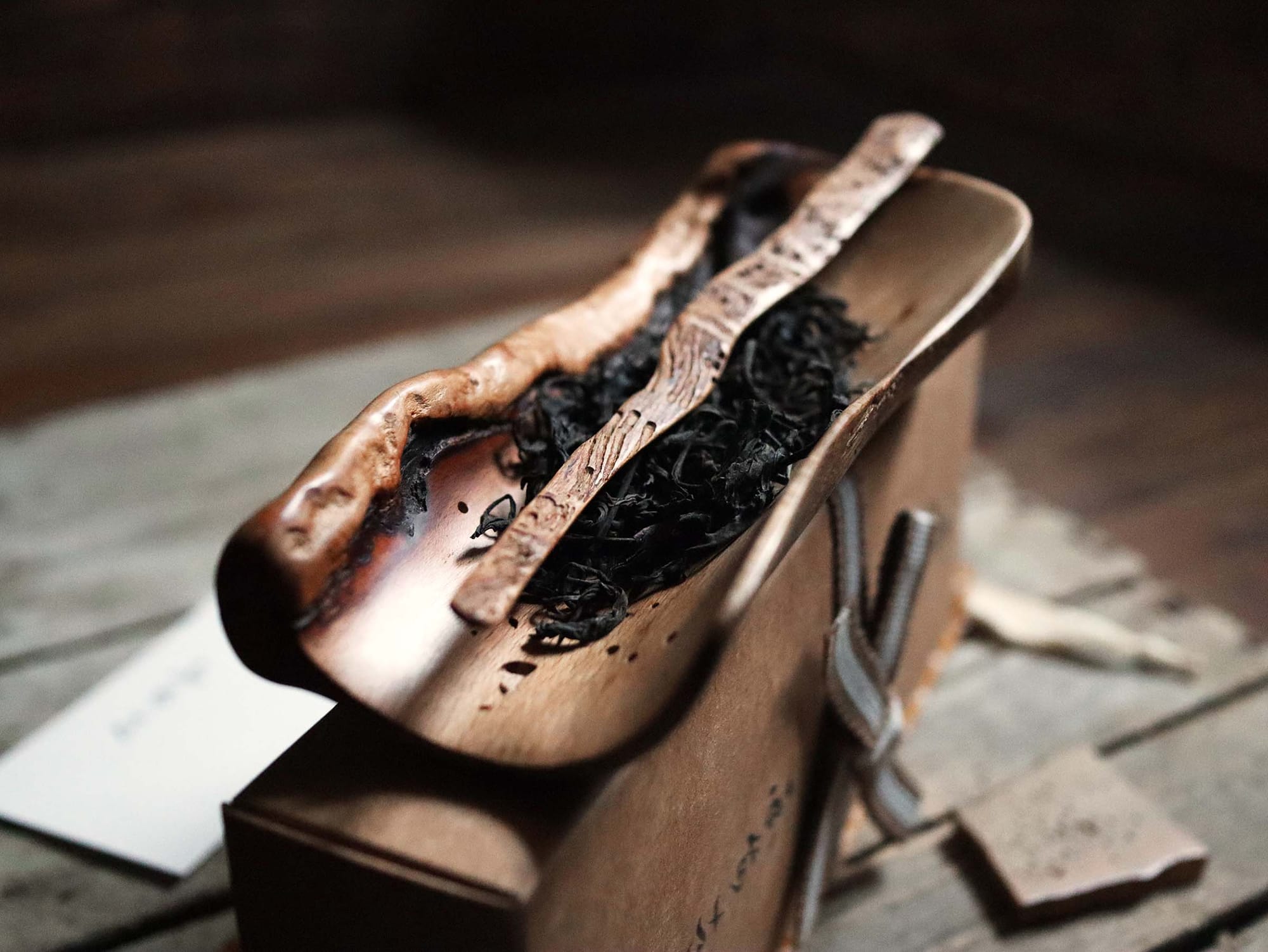
What materials and tools do you use and how do they influence the work you do?
To answer the question I would probably divide my wood stock into four main divisions. The first one is wood inherited after my forefathers, mostly local European kinds that were seasoned for long decades, and are now perfectly ready to be turned into tea-ware that will last a lifetime.
Secondly, being a keen hiker, I always have my kataba saw with me, ready to salvage nice pieces of wood that hit my eye. These then wait several years in my woodshed before I use them. For sure, no matter how beautiful, some pieces are best to be left at their natural spot. There are places that would really be disturbed by a jarring saw cut left behind.
The third part are exotic woods. While I do strictly avoid buying endangered & rare woods to be used exclusively for my scoops, I am happy to accept or buy leftover pieces from luthiers, guitar makers and alike.
Last but not least are old and ancient woods which I am a bit obsessed with. These comprehend woods like bog oak that is millennia old, reclaimed wood from broken antique furniture as well as wooden parts of old, damaged buildings, preferably from the medieval period. These are sometimes relatively easy to obtain, as at the time of eventual restorations many of these are just dumped.
The influence of the wood on my work process is everything. I simply follow the characteristics of each individual wood piece till a finished scoop emerges and shouts “Hey man, I am complete now!“ This stands for the vast majority of my work, called by some as my signature “raw style“.
If I am working on a piece of exotic wood, usually cut flat on all its surfaces, I then employ some of the traditional senchadо̄ charyo shapes and carve the scoop from all sides into a prescribed form. Each piece needs different treatment, just like tea, just like people.
The tools I use are fairly well known to everybody. Saws, planes, chisels, knives, wire brushes and scrapers. Some are family heritage, hundreds of years old, others are Japanese tools I acquired or were given to me as presents. I do not own any excessive number of these, but I have all that I need.
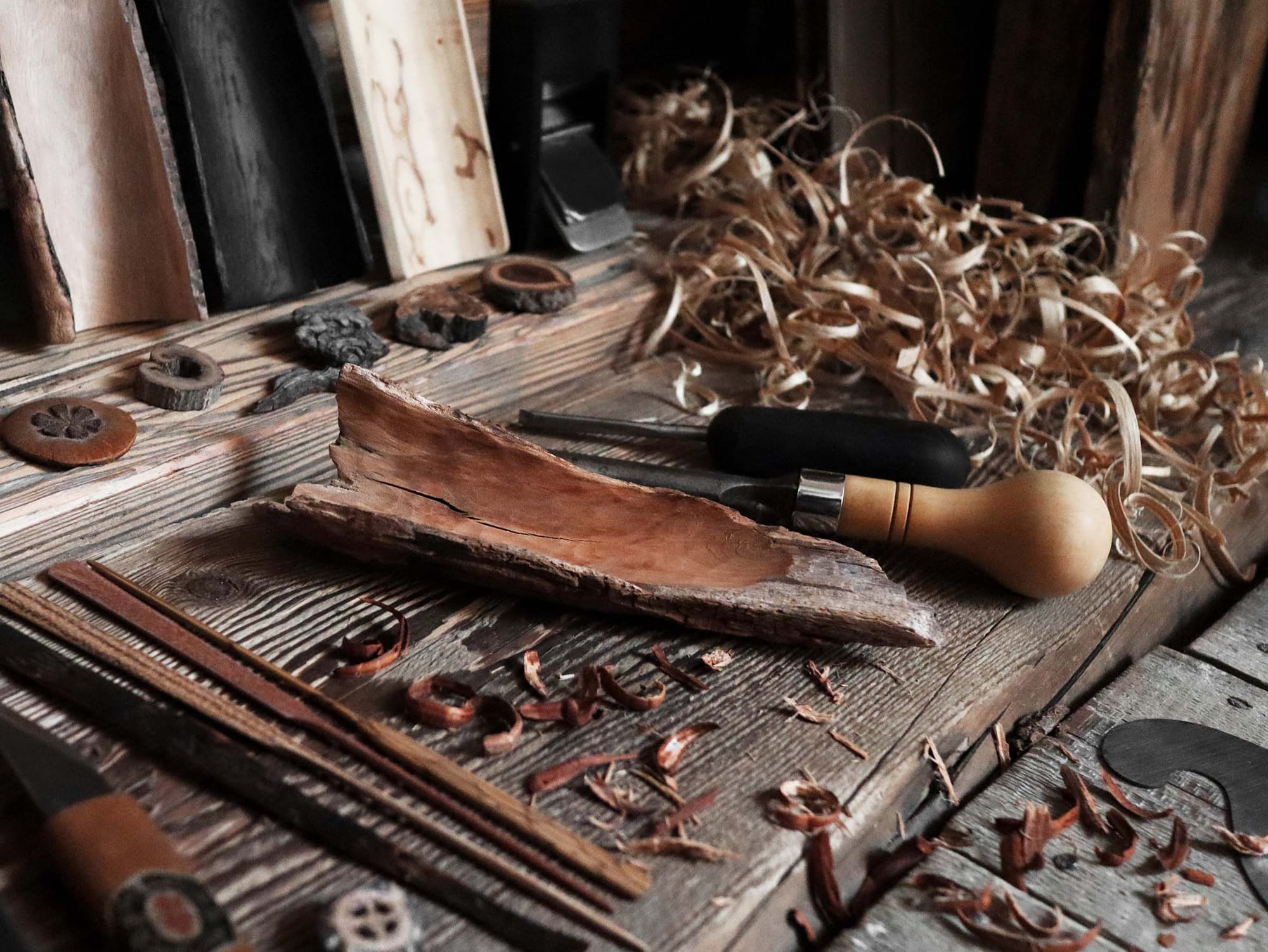
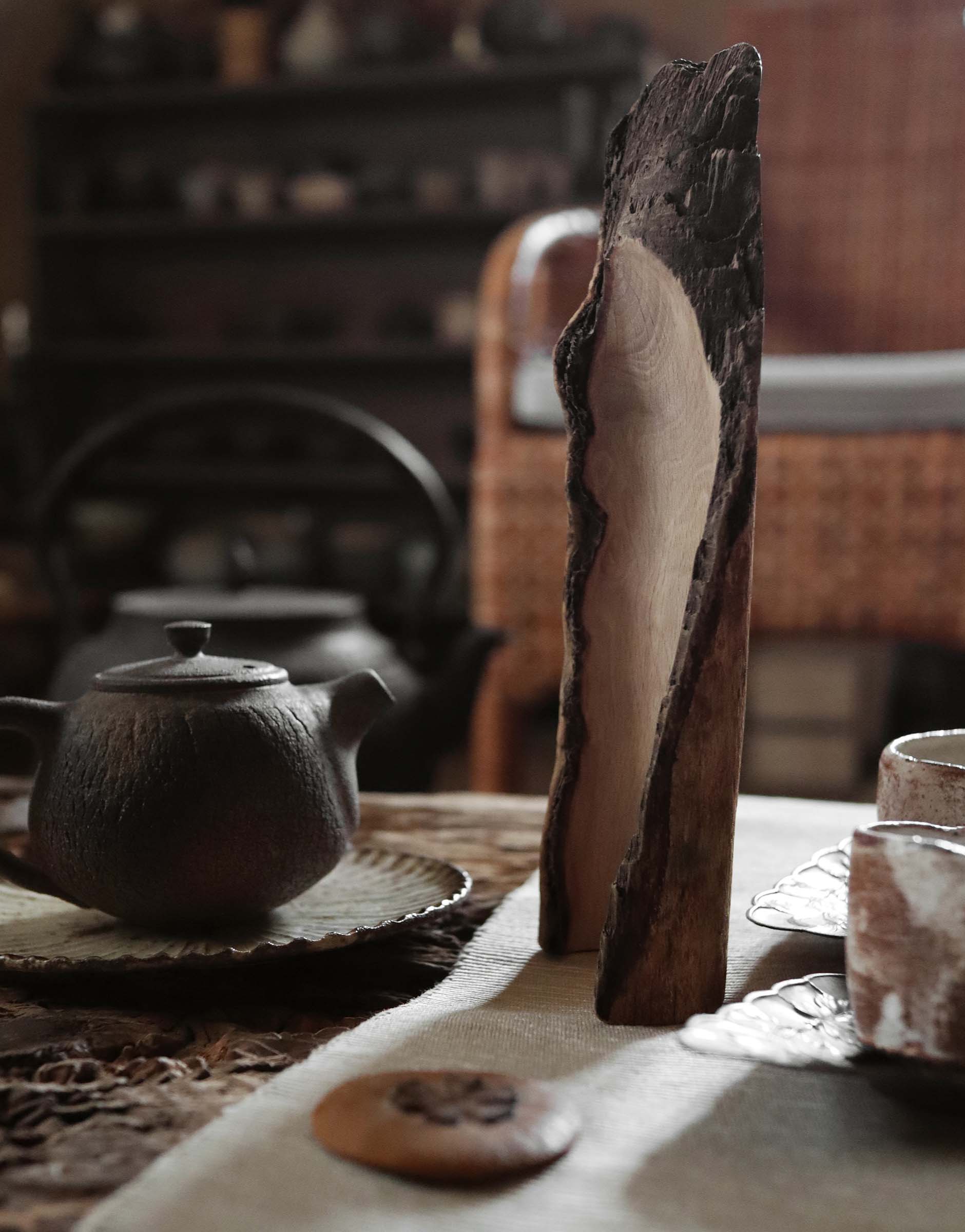
Does living in the mountains have any effect on your work?
My mountains are very dear to me. I think this bond is common for all mountain people around the World. I guess the influence of mountains stretches far wider than only on my work. Mountain life is slower, rawer, humbling, challenging and harsh at times, as well as soothing and calm on the other hand. I hope part of that is reflected in my work.
Your tea scoops are presented with a Japanese-style box and calligraphy. How did you get interested in tea and Japanese culture?
I grew up in a multinational family with both granddads being keen nature lovers and craftsmen. Besides that, one was an oriental antiquities collector and the other one a lifetime bookworm and tea lover. So, after spending a few happy decades learning woodwork and other crafts from them there was literally no escape for me.
To be honest I am not exclusively interested in Japanese culture. I enjoy and read a lot about many other distinct cultures like those found in the Himalayan region, South America, Caucasus and more. I hope these will not be washed away in future decades or become just a painfully awkward spectacle for tourists.
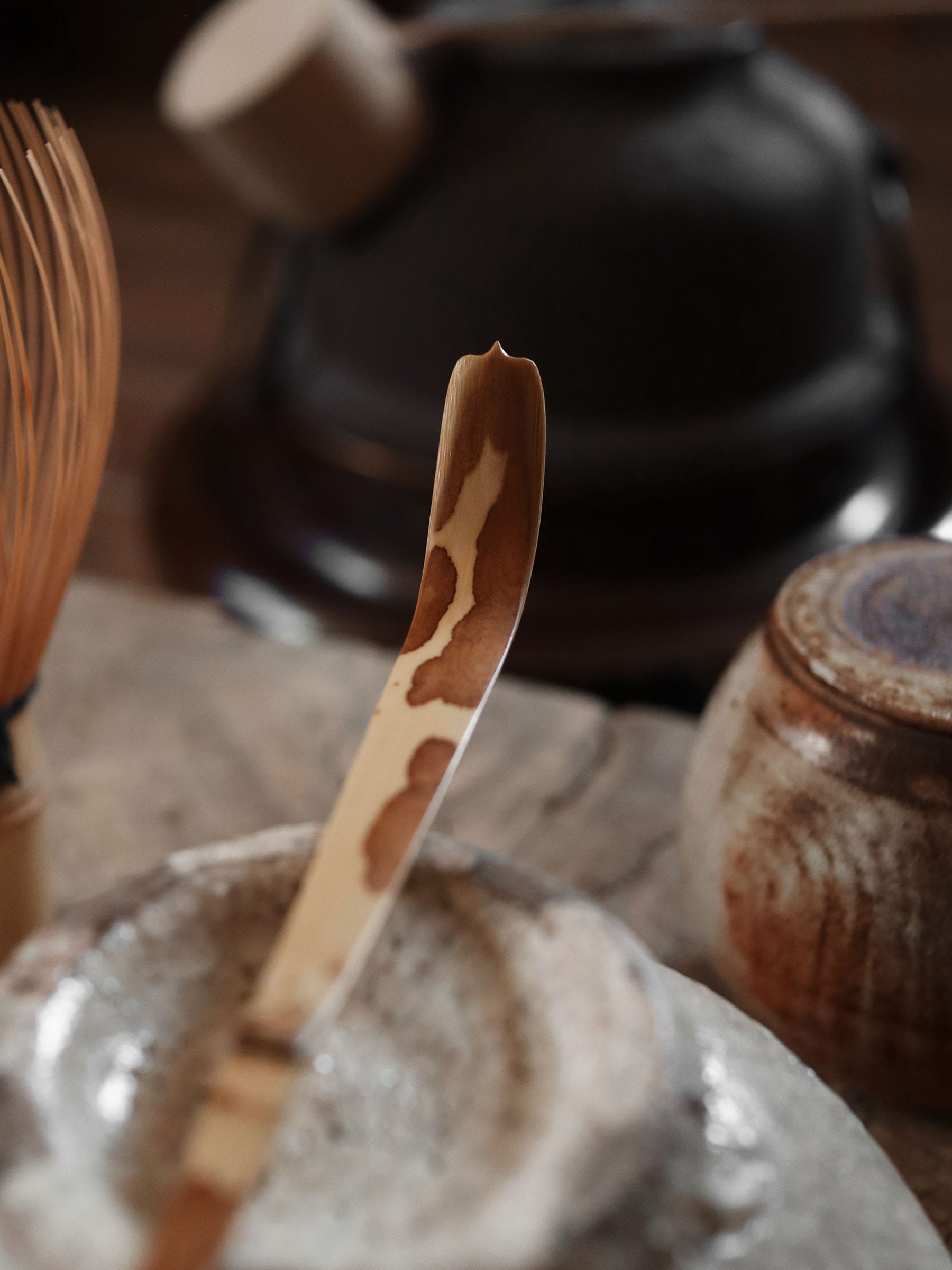
How was your learning process to get to the point you’re at now?
I acquired most of the required knowledge and skills by learning from my granddads. As far as I have studied our family tree, there were quite some painters, cabinetmakers and woodcarvers even in previous generations, so genetics may also play a role here.
Actually, these woodworking tools I inherited obviously didn’t fall from the sky, right? However, I still feel like a beginner. I can name you dozens of other people crafting better tea-ware than I do.
What’s your relationship with digital tools to promote your work, and if those weren’t available do you think you could still thrive?
I do not enjoy modern inventions a lot, but I must agree some are very useful. For example, I have to admit being obsessed with music and I cannot imagine a world without YouTube.
As I am based in Europe, I would probably be crafting different stuff than tea-ware if there was no Instagram. Most likely tables, chairs and cabinets. Or I would be a professional gardener. Planning the composition, positioning stones, choosing, planting and pruning all different kinds of trees, shrubs and flowers, that really is my big pleasure.
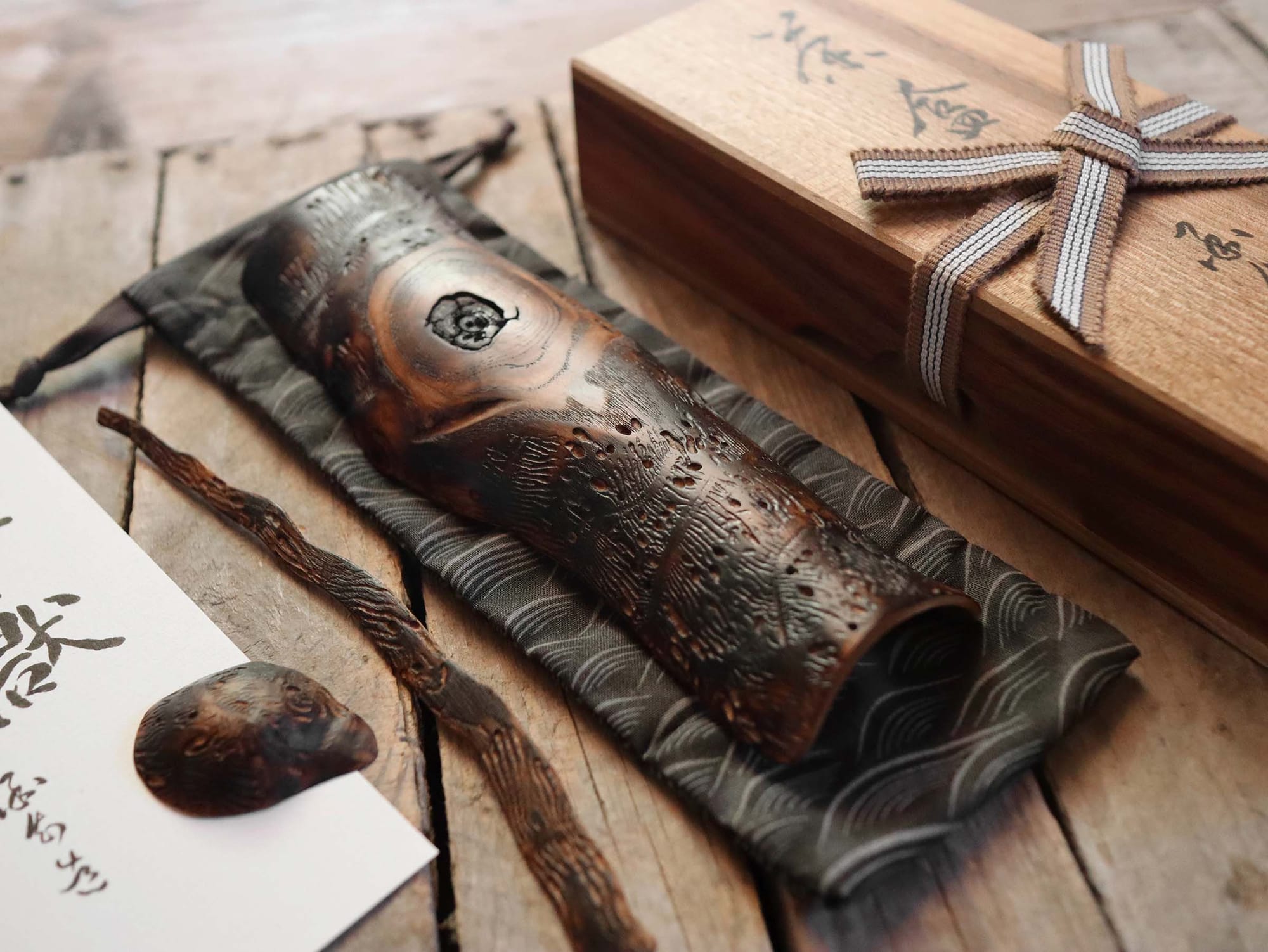

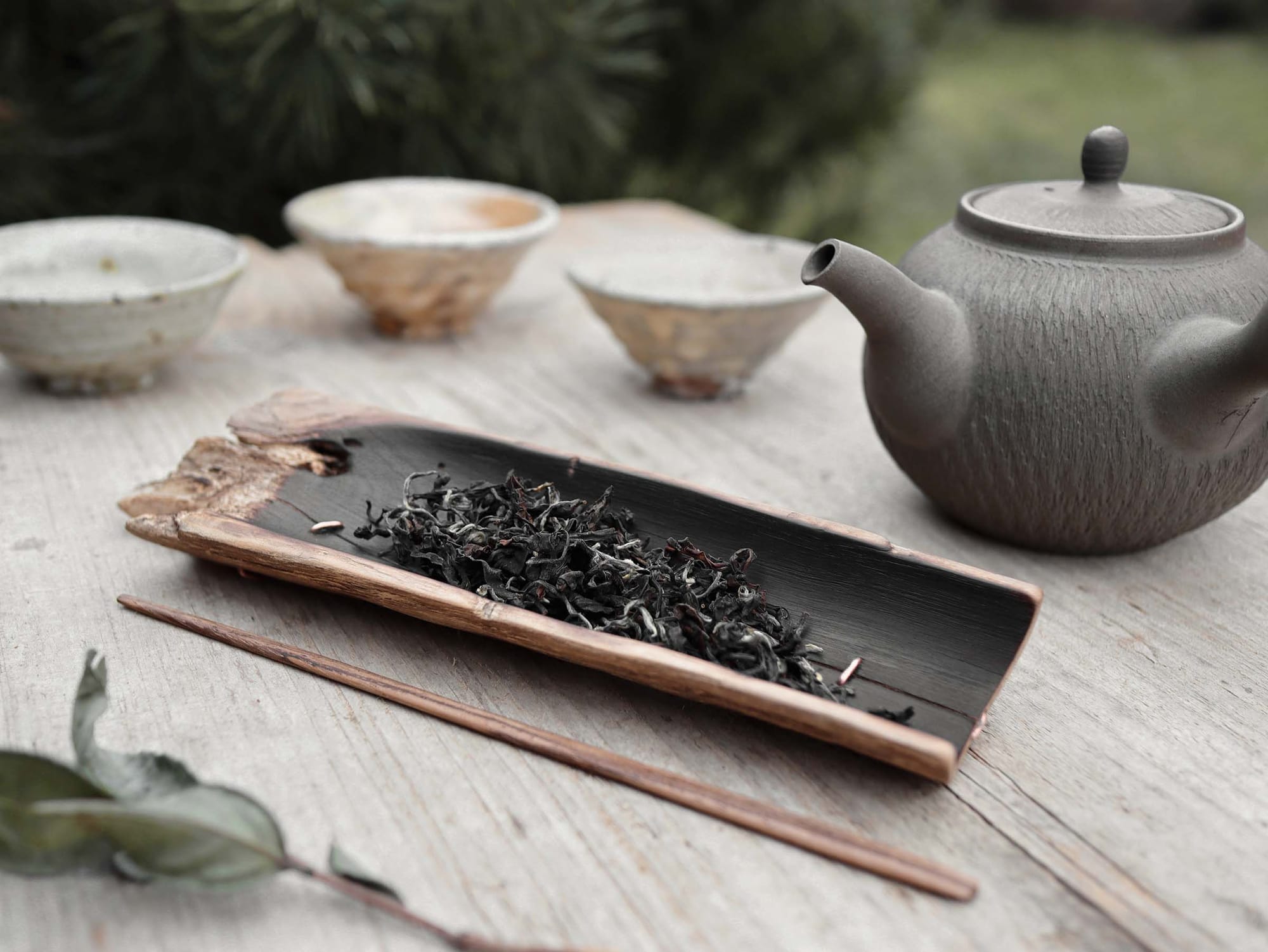
It seems the demand for your work is such, it is actually quite hard to get any of your pieces. Does it give you more freedom to create what you want?
All the credit in this regard goes to my followers, friends and all tea people who like my work.
I started my online presence just two years ago, so the interest honestly is rather a nice surprise for me. My aim was never to be known or make big money, so to do anything else than what I want was always out of question.
We have been making simple scoops for fun with my friends since the late ‘90s and I could never have imagined there could be such an interest in my humble creations. I simply carve scoops that I would be happily using myself and that should last a lifetime. That’s all my secret.
All images courtesy Sven Mihai.
Like the content of The Craftsman? Share it with a friend! You can support my work by offering me a virtual coffee ☕️
つづく


